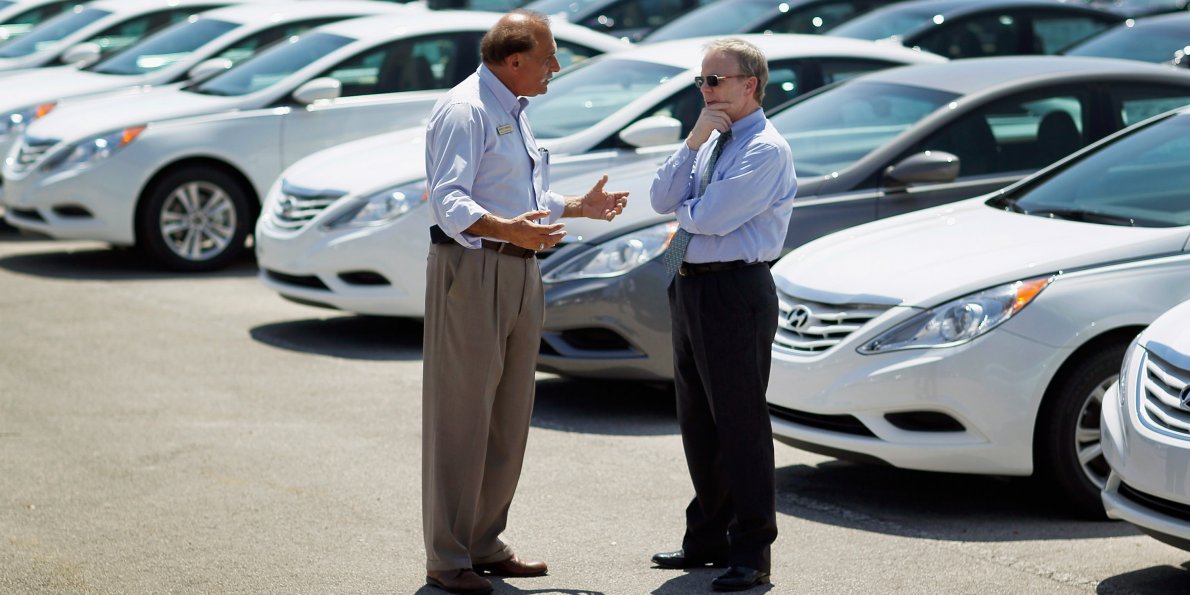Amazon Building Global Delivery Business to Take On Alibaba
In recent weeks, speculation has mounted that Amazon.com Inc. [stckqut]AMZN[/stckqut] plans to launch a global shipping and logistics operation that will compete with United Parcel Service Inc. [stckqut]UPS[/stckqut] and FedEx Corp. [stckqut]FDX[/stckqut]
Asked about reports that the company was leasing planes and had registered an ocean freight booking business, Chief Financial Officer Brian Olsavsky downplayed Amazon’s ambitions last month in an earnings call. He said the company was simply looking to supplement its delivery partners — not replace them — during peak periods like the Christmas shopping season
A 2013 report to Amazon’s senior management team proposed an aggressive global expansion of the company’s Fulfillment By Amazon service, which provides storage, packing and shipping for independent merchants selling products on the company’s website. The report envisioned a global delivery network that controls the flow of goods from factories in China and India to customer doorsteps in Atlanta, New York and London. The project, called Dragon Boat, is proceeding, according to a person familiar with the initiative, who asked not to be identified because the information isn’t public.
Source: Amazon Building Global Delivery Business to Take On Alibaba – Bloomberg
Buffalo Wild Wings ($BWLD) earnings Q1 2016
Buffalo Wild Wings [stckqut]BWLD[/stckqut] shares fell as much as 11% in after-hours trading on Tuesday after the company reported earnings that missed estimates pretty much across the board.
The fast-food chain posted adjusted earnings per share of $1.73, short of the forecast for $1.77, according to Bloomberg.
Revenues came in at $508.3 million, also missing the estimate for $530.8 million.
The company lowered its forecast for profits this year. It forecast full-year earnings per share in a range of $5.65 to $5.85, missing the projection for $6.10.
Same-store sales — at locations open for at least one year — also fell, by 1.7%.
4 suggestions to avoid getting ripped off by a car dealer
 If you’re looking to save money, big purchases can be a great opportunity to do so. Unfortunately, when it comes to big-ticket items like a new car, most of us make mistakes and end up overpaying. The experienced and crafty car dealer doesn’t help our cause, either.
If you’re looking to save money, big purchases can be a great opportunity to do so. Unfortunately, when it comes to big-ticket items like a new car, most of us make mistakes and end up overpaying. The experienced and crafty car dealer doesn’t help our cause, either.
I wrote an article on my tips to negotiating the price of a new car several months ago but this article on the tricks of your local car dealer is worth reading.
Here are some of the highlights, but I encourage you to jump over and read the entire article.
1. They start very low on the appraisal of your trade-in.
The first step in buying a new car is trading in your old one. The car dealer loves to price your old car much lower than it is actually worth and assume you will start negotiating from the price they suggest.
2. They get you in the door by offering low prices and then sell you something different (and more expensive).
A car dealer thrives on the classic bait-and-switch tactic. What they’ll do is tell you a great deal is available to lure you into the store, knowing that they can switch you on to a different, pricier car. Or, they’ll tell you the “great deal” was already sold, and proceed to selling you something more expensive.
3. A car dealer will try to sell you a bunch of protection services for your car that you don’t actually need.
To avoid this pitfall, make sure you know exactly what these additional items cover and then ask yourself if you truly need them. Most of the time, you’ll find you don’t need so much protection.
4. They mark up the interest rate on the car.
When it comes to financing the car for you, a car dealer can make a lot of money by marking the interest rate up and consumers are completely oblivious that they’re getting ripped off.
Customers with excellent credit (780 or above) should expect an interest rate between 1.49% and 3.49%, and customers with average credit should expect between 4% and 6%. The range accounts for factors such as income, debt, and the amount you want to borrow.
While a great dealer will always try and get you a competitive rate, they will also typically start at a slightly higher range to hold back a percentage for profit. The rule of thumb is that if a dealer is quoting you an interest rate for the first time, expect it to be 2% higher than what the bank is actually charging them.

